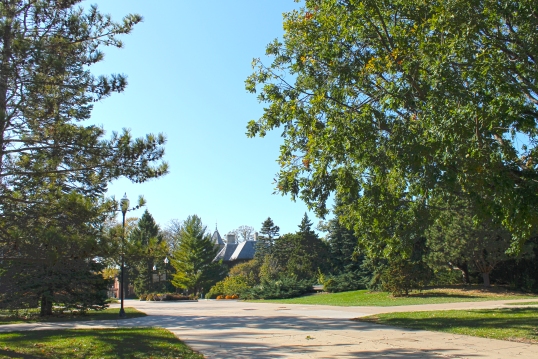In my photo class last week we had what our professor like to call ‘ the annual shoot out’ during this class we take our first attempt at street photography. We worked in teams of 3 students getting 2 hours to shoot, edit and post our pictures to our class blog. I was really nervous about this day because I am typically not a fan of being put on the spot but after some wandering around I had so much fun, I am now really excited about street photography! Normally I like plans and being in control of a situation but with street photography I loved the idea of not know what was going to come next. I also loved that I was so worried about getting just one good shot only to download my pictures and find that I had tons of great photos : ) I am just a beginner at this but here are some tips that helped me when shooting street photography:
1. Yeah it’s going to be a little awkward … taking photos of random people walking around on the street is always going to be strange. I try one of two tactics, either I take my photos and then explain what I am doing to the subjects or I try to be discrete enough that my subjects don’t even notice me. A way to be more discrete is by using a camera designed for street photography. Here is a site that does a comparison of 5 cameras used for street photography. I am a big fan of the Panasonic LUMIX DMC-GF2 with 14mm but the site shows that you can even use an iPhone!(making me want to purchase one even more)
2. Take a buddy… when we first started my group decided that it would be a good idea
to split up in order to cover more ground. We went our seperate ways, I walked around for a little bit but I was too nervous to shoot any big crowds by myself plus I was shooting with a Canon Rebel T3i not really your most discrete camera. So I ended up calling one of my group members and we shoot a few things together we both agreed that it was much easier and we felt way less ‘creepy’ haha… hey if you are going to be a creepy camera girl you might as well have a partner in crime 🙂
3. Have fun with it…lately many of my photo projects have been very stressful and I feel like I have been lacking a little creativity. Doing this street photography assignment reminded me how much I love photography and the joy I get from taking pictures for fun! Don’t get me wrong I wasn’t doubting my love but sometimes I get caught up in making something super artistic and creative but that isn’t the way it works… you can’t force creativity it just happens! Here are some of my photos from my first attempt at at street photography! Expect many more soon 🙂
I know it sounds strange and uncomfortable but I think everyone should give street photography at least one try! Please share your street photos with me : )








